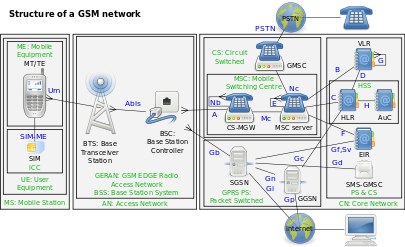What is CRBT?
When person A calls person B, if person B is available, then person A hears a ringback tone! Now CRBT replaces that ringback tone with a selectable music. So, now, a person A dials person B, person A gets to hear a music, person B has selected as his CRBT Tone.
CRBT can be implemented various ways! The easiest way is using SS7 call routing and IVRS.
CRBT Call Flow
1. Switch receives a call from Subscriber A to Subscriber B.
2. Switch routes the call to IN ( Intelligent Network) System. IN System will check if subscriber B is available, if yes, it checks if Subscriber B is a CRBT Subscriber. If no, it sends back to the call to connect the call normally. If yes, it asks switch to dial out Subscriber B, while it transfers the call to CRBT Server, which is nothing but IVRS Server. As soon as IVR receives the call, it plays back the pre-programmed music as per caller id or the Subscriber B.
3. IN System keeps monitoring the switch dialing out to Subscriber B. As soon as Subscriber B receives the call, or disconnects it, IN system disconnects from CRBT Server, asks switch to connect subscriber A and Subscriber B.
Sub A call to sub B
- A connect to MSC A.
- MSC A send IAM to MSC B.
- MSC B check information about Sub B in HLR B.
- HLR response to MSC B that sub B is active and use CRBT Service.
- MSC B send ACM to MSC A
- MSC B send IAM to CRBT system
- CRBT System check information (ANIS, DNIS ) in CRBT system and send ACM to MSC B.
- After that, CRBT System send ANM to MSC B
- From this time, CRBT System will play song and sub A can listen song.
- In this time, MSC B is paging Sub B.
- If Sub accept this call, Sub A and B will conversation, MSC B send REL to CRBT System.
- After that, CRBT send RLC to MSC B for finish connection with CRBT System




